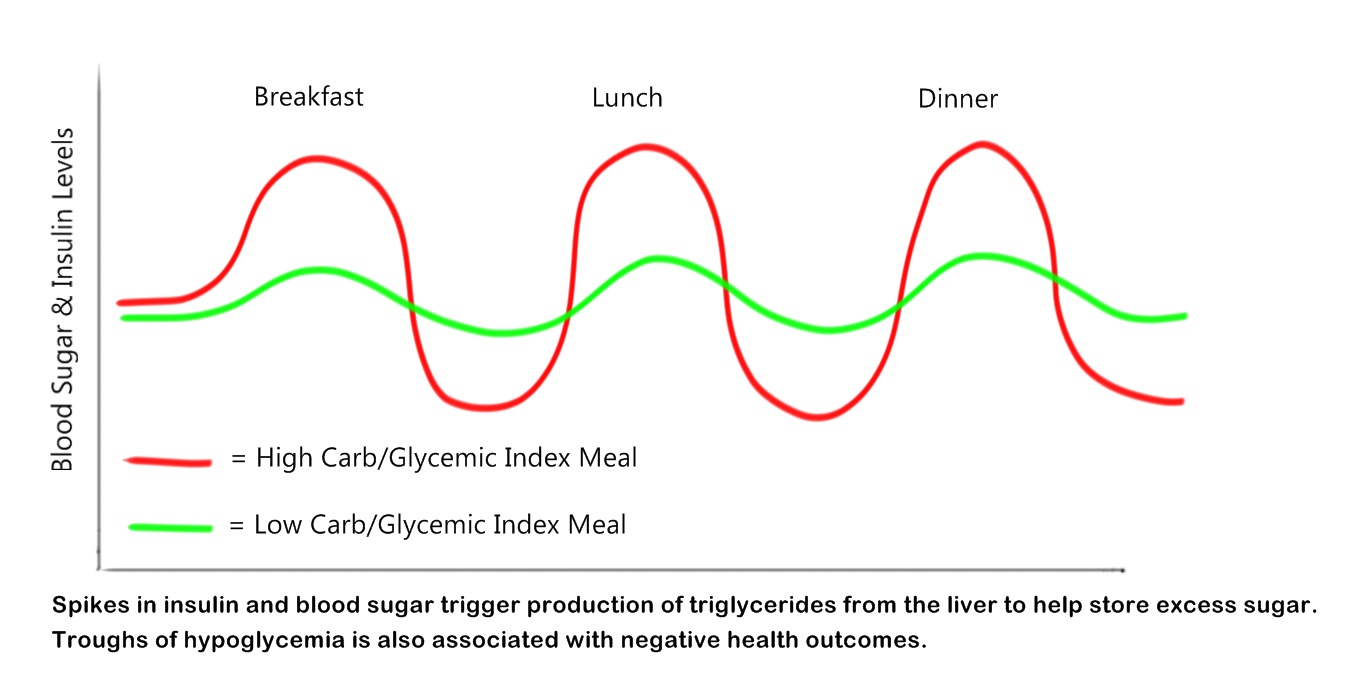Rishi's Homepage
So far, we’ve covered basics of nutrition, and how carbs trigger high insulin response, which causes weight gain and other health issues.
Now, in next few articles, we will discuss few practical approaches towards controlling blood sugar, and utilizing fat as the body fuel.
1. Intermittent Fasting
What: It’s simple: alternating periods of eating with periods of not eating. IF has been around for a long time. Most religions preach a form of fasting from time to time. Either by restricting any kind of food altogether or by restricting some food groups from time to time.
Why: Studies show that periodic fasting can cause a healthy decrease in blood glucose and insulin, improve immune function, and reduce excess body fat and weight. These are the keys to reducing the risk of cardiovascular disease, cancer and diabetes, among other chronic illness.
How: There are different intermittent fasting methods. These are:
- 5:2: This method allows you to eat normally five days a week. The other two days are your fasting days, although you do still eat. Just keep it between 500 and 600 calories.
- Eat-stop-eat: With this one, you restrict all food for 24 hours, once or twice a week.
- 16/8: You eat all of your daily calories within a shortened period — typically 6 to 8 hours — and fast for the remaining 14 to 16 hours. You can do this every day, or a few times a week.
In my opinion and experience, 16/8 is the most sustainable way, and one can easily make this a lifestyle. The most effective food-free period is a daily 16-hour nighttime fast, when we sleep best. This can be done by finishing healthy eating in the early evening, then beginning the cycle again with a delayed morning breakfast.
One should start it gradual, go with 12 hours fast, and slowly increase it to 14 and then 16 hours.
Some people like to drink black coffee in the morning (no sugar, no milk). This helps in the start to go over the craving hump.
2. Eat Food with Low Glycemic Index
This is a very important stuff to understand. Few minutes spent in understanding this would go a long way in your health. There are two concepts one need to learn:
What is Glycemic Index? The glycemic index measures how quickly food raises your blood sugar. Foods are ranked on a scale of 0 to 100, with pure glucose (sugar) given a value of 100. Fast-burning carbs are high on the GI scale and they spike blood sugar sharply. Some examples of High GI Food:
- pure glucose (GI of 100)
- baked potato
- many refined breakfast cereals
- most of our modern starchy foods (white bread, snack foods and biscuits).
What is Glycaemic Load? The effect of a carbohydrate food on blood sugar levels is not only determined by its GI or carbohydrate quality but also by the amount of carbohydrate in a particular food. Glycaemic Load is the term used to describe the overall effect of these two factors on blood sugar.
For example:
- The GL of a potato (GI around 90) containing approximately 18 grams of carbohydrate is 18 x 90% = 16.
- The GL of an apple (GI around 40) containing approximately 15 grams of carbohydrate is 15 x 40% = 6.
From this we can see the potato will produce a blood sugar rise three times that of the apple. When foods have similar amounts of carbohydrate, GI will have the greatest influence on blood sugars. When the amount of carbohydrate in a portion differs the best way to predict blood sugar effects will be via the GL.
Another example:
- The GI of watermelon is high (GI = 72), but its Glycaemic Load is relatively low (GL = 7), because the quantity of carbohydrate in a slice of watermelon (150 g) is minimal, as it contains a lot of water.

GL and GI are similar concepts, except that GL takes serving sizes into account. It is calculated by taking the number of grams of carbohydrate in a serving, multiplying by the GI, and dividing by 100.
One should attempt to eat food with low or medium GI/GL. This would help in keeping blood sugar in control.